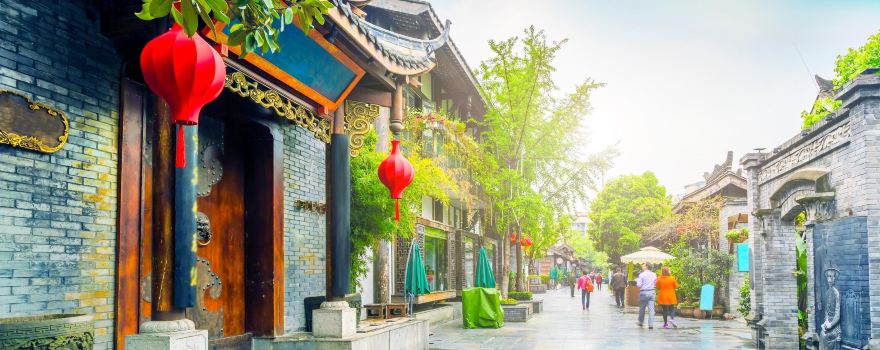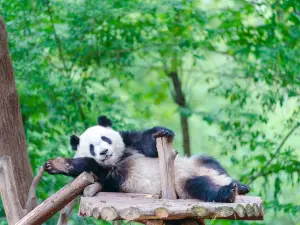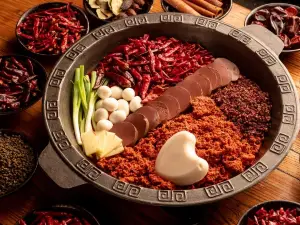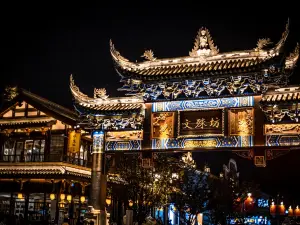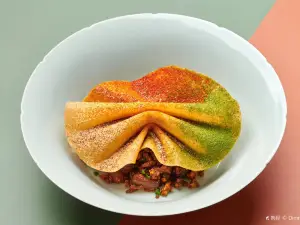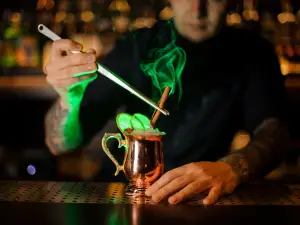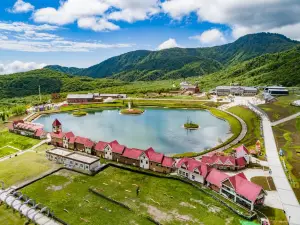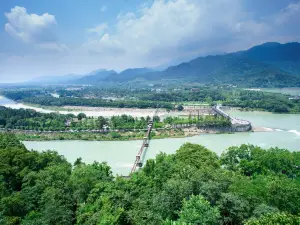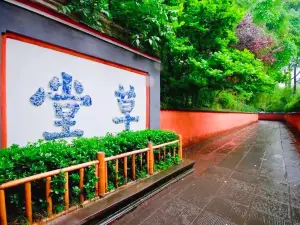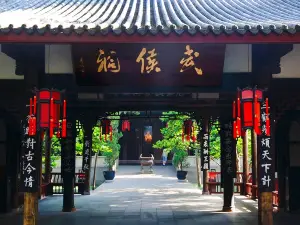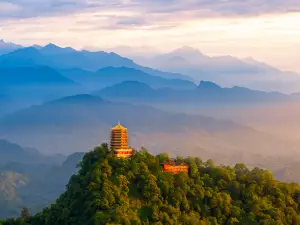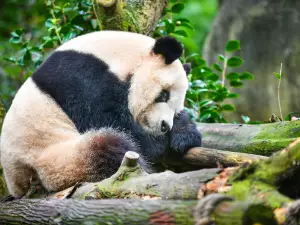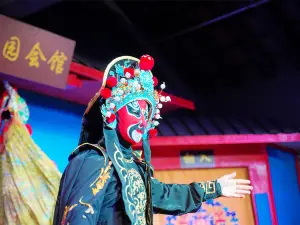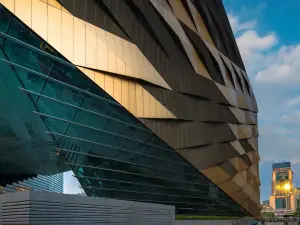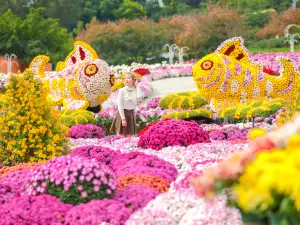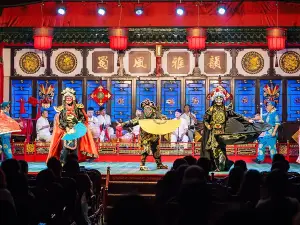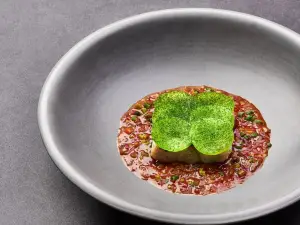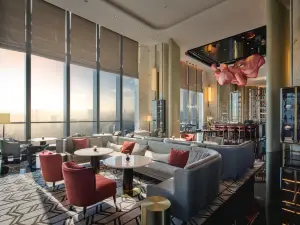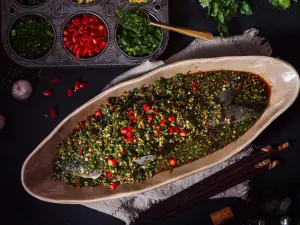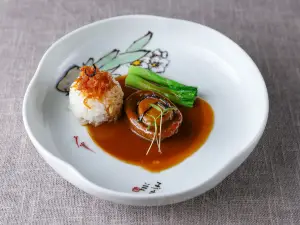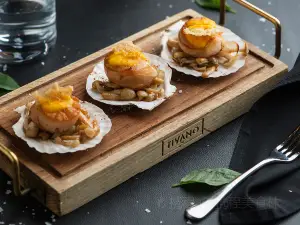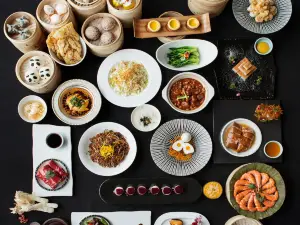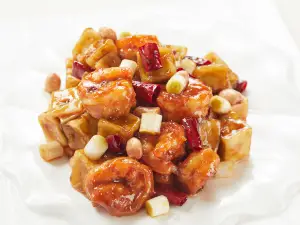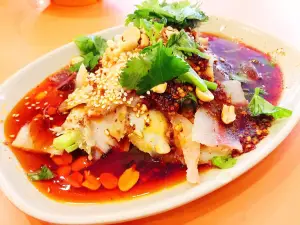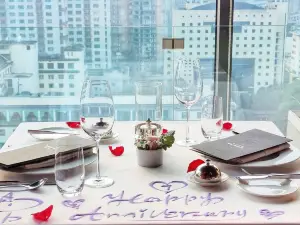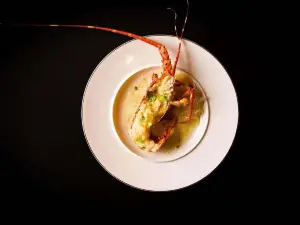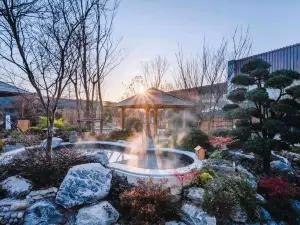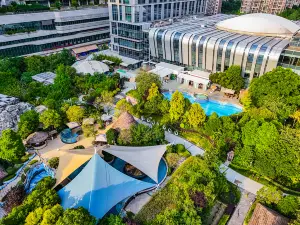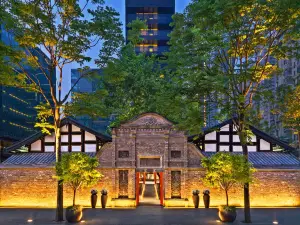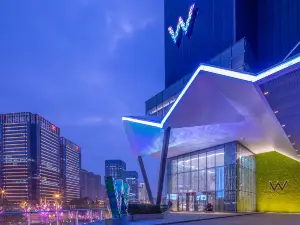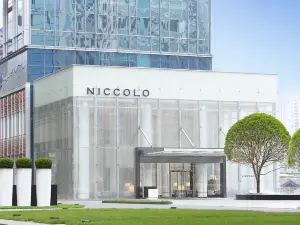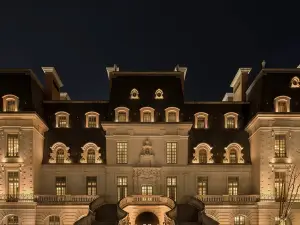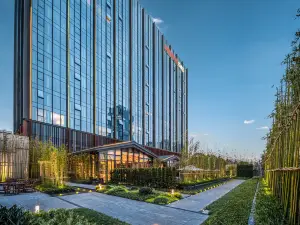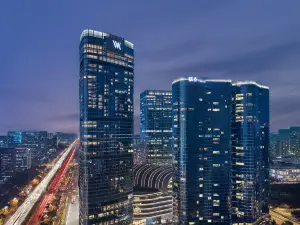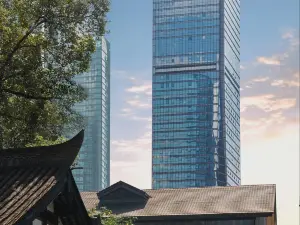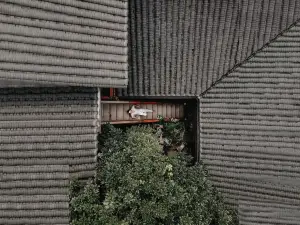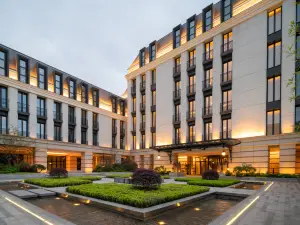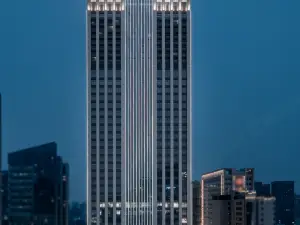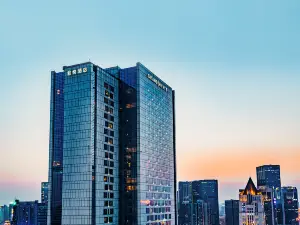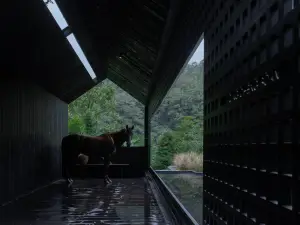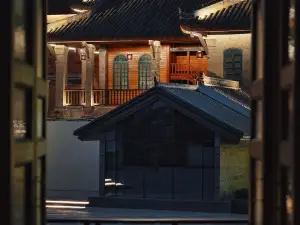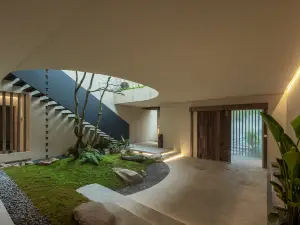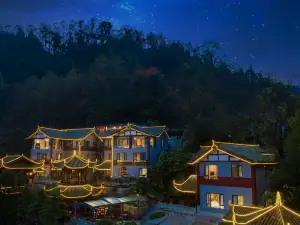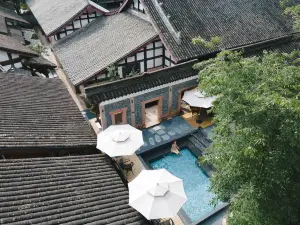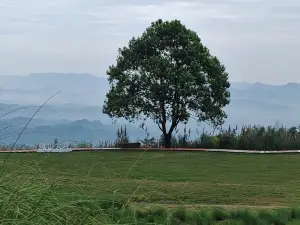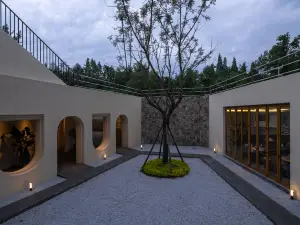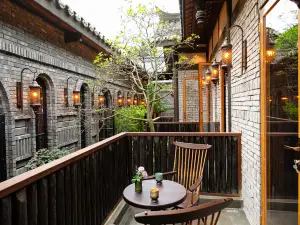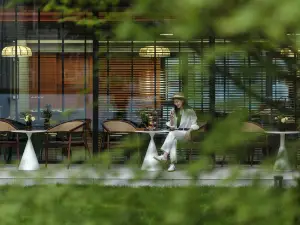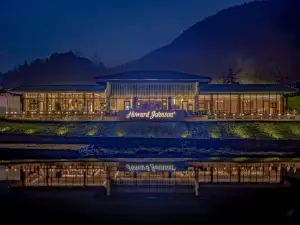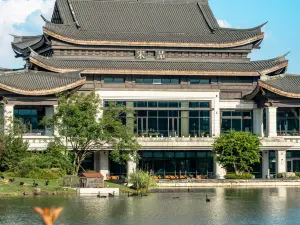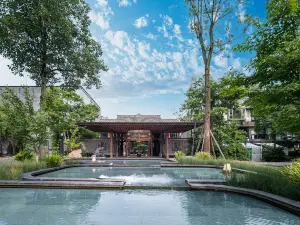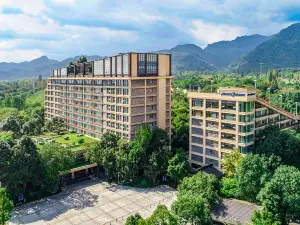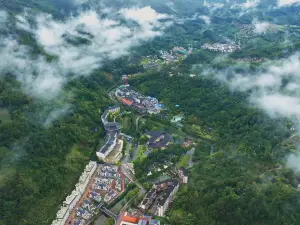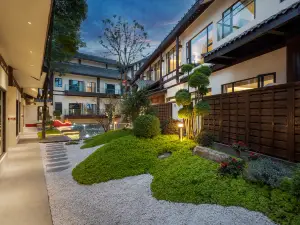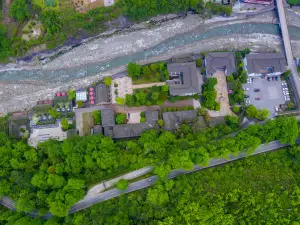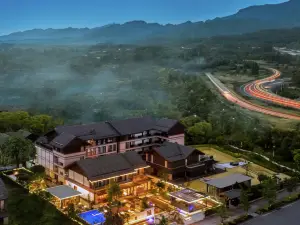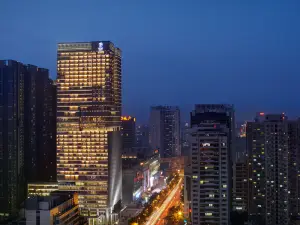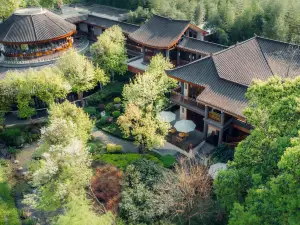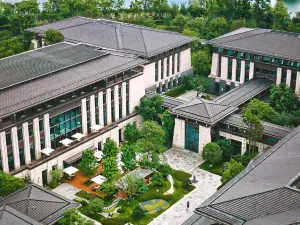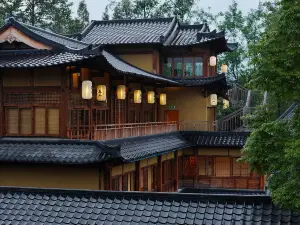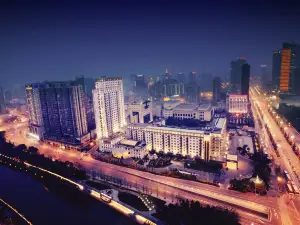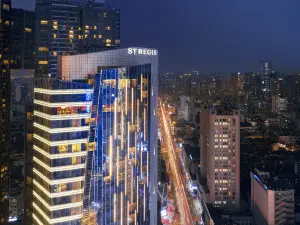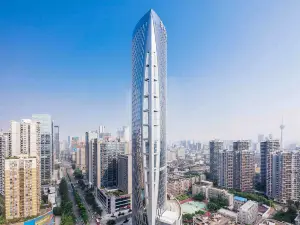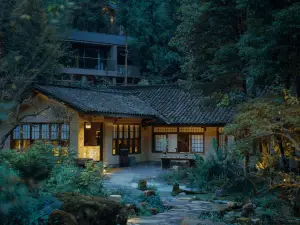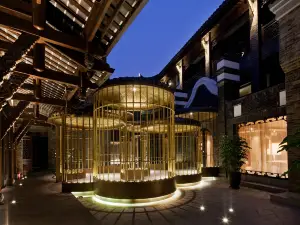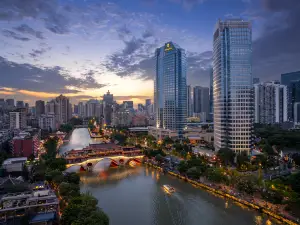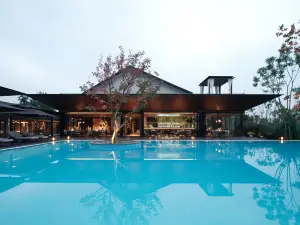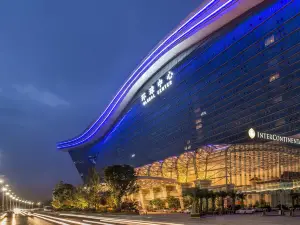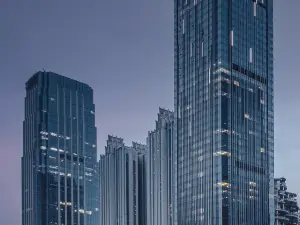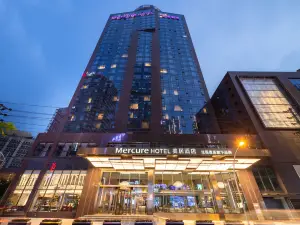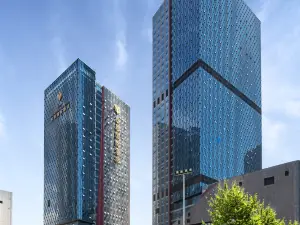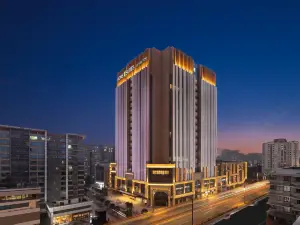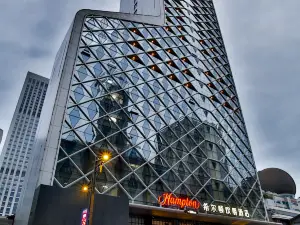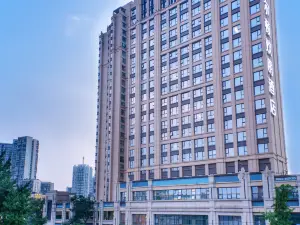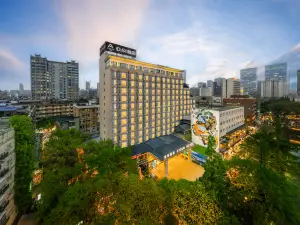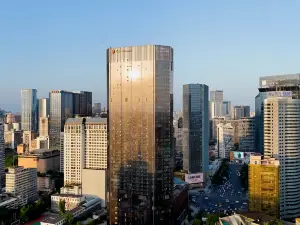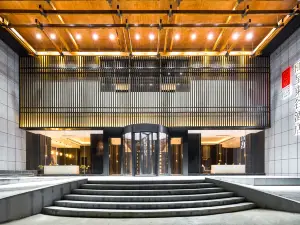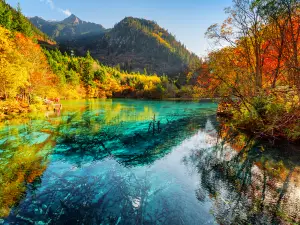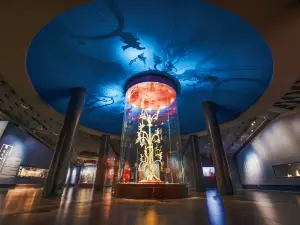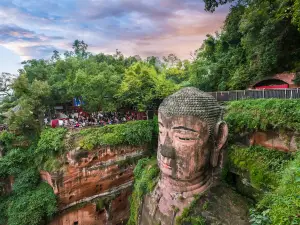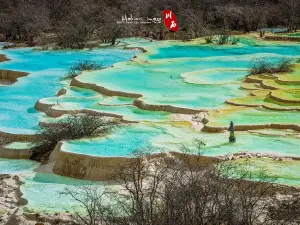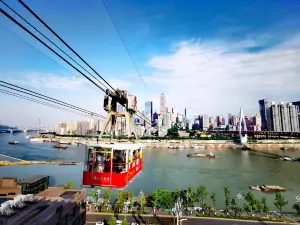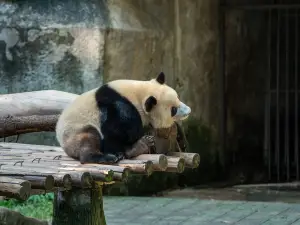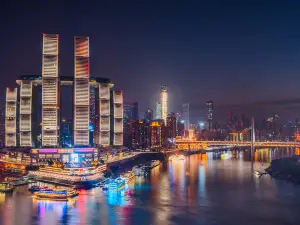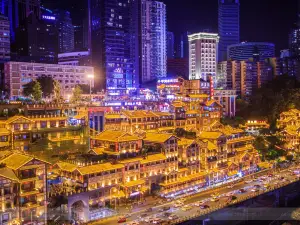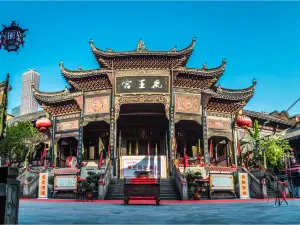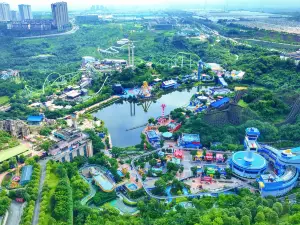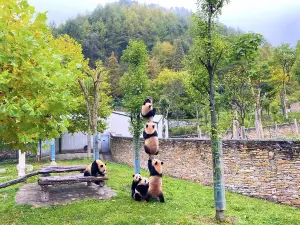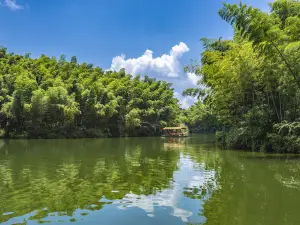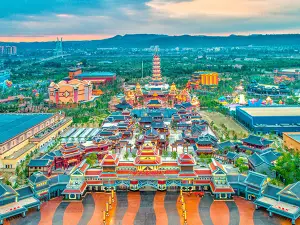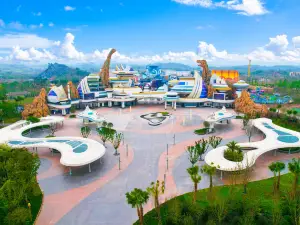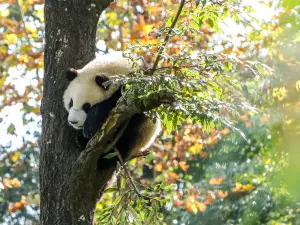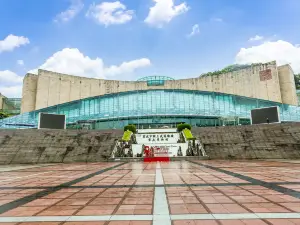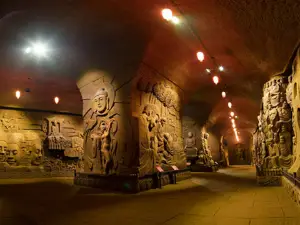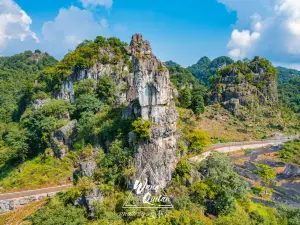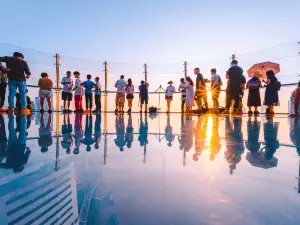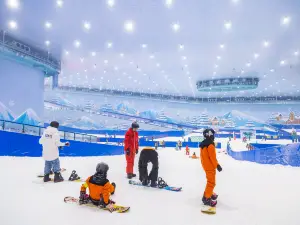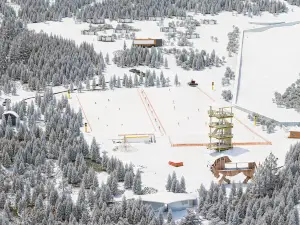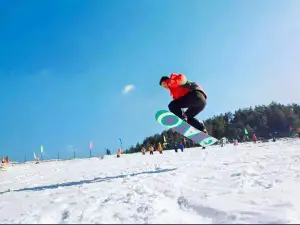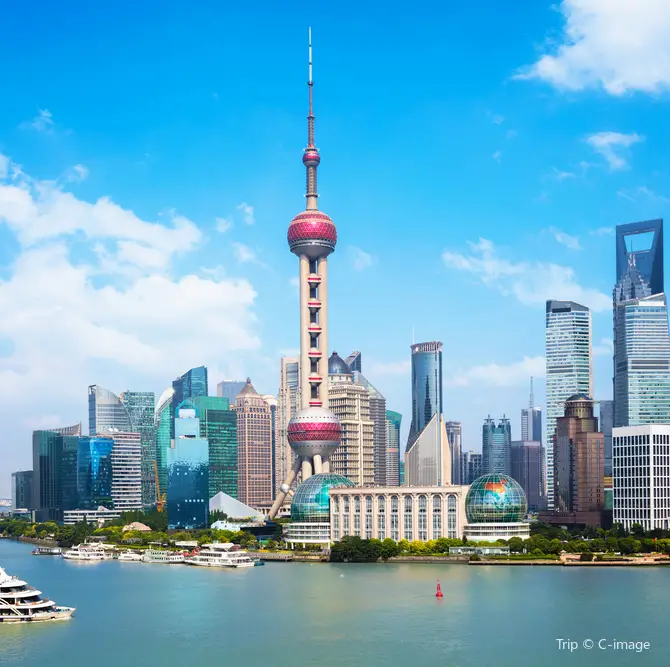Chengdu Travel Guide 2025: Top Attractions, Things to do & Itinerary | Trip.com | December, 2025
About Chengdu
Recommended trip: 2–5 day(s)
Recommended trip: 2–5 day(s)Current weather conditions
Chengdu Local Experiences Map

Trending in Chengdu
Chengdu Local Travel Guide 2025
Chengdu Brief Guide
Discover the enchanting charm of Chengdu, the giant panda capital of the world! With its ancient alleys, peaceful temples, and irresistible Sichuan cuisine, this city has so much to offer. Check out our guide for your ideal trip filled with must-see spots and hidden gems.
Chengdu Must-try local experiences
1. Meet the Giant Pandas at Chengdu Research Base of Giant Panda Breeding No trip to Chengdu is complete without seeing the adorable giant pandas at the Chengdu Research Base of Giant Panda Breeding. Learn about their behavior, watch them play, and maybe even see a baby panda! 2. Immerse Yourself in Sichuan Opera Experience the vibrant art form of Sichuan Opera with its expressive masks, lively music, and captivating performances at a traditional teahouse. 3. Learn Tea Culture at a Traditional Teahouse Visit a traditional teahouse to experience Chengdu's rich tea culture. Enjoy a cup of jasmine or green tea while watching locals play mahjong or listening to live music. 4. Experience the Spicy Delights of Sichuan Cuisine Indulge in Sichuan cuisine with dishes like Mapo Tofu, Kung Pao Chicken, and Sichuan Hot Pot. Don't miss the chance to try street food like dan dan noodles and spicy rabbit head. 5. Find Treasures at Jinli Ancient Street and Kuanzhai Alley Wander through Jinli Ancient Street and Kuanzhai Alley, filled with traditional architecture, shops, teahouses, and restaurants, perfect for unique gifts. 6. Relax in People's Park People's Park is a popular spot for locals and tourists to enjoy a boat ride, sip tea, or watch locals practice tai chi. 7. Take a Day Trip to the Dujiangyan Irrigation System Visit the ancient Dujiangyan Irrigation System, a UNESCO World Heritage site, to marvel at its ingenious design and historical significance.
Chengdu Must-see Attractions
Chengdu, a city rich in cultural and natural attractions, is home to the Chengdu Research Base of Giant Panda Breeding, the ancient Dujiangyan Irrigation System, the historical Wuhou Shrine, the poetic Chengdu Du Fu Thatched Cottage Museum, and the serene UNESCO World Heritage Site of Qingcheng Mountain, each offering unique insights into China's heritage and natural wonders.
Chengdu Food Guide
Chengdu is renowned for its diverse and flavorful street food, including the spicy and tender Bobo Chicken, the sweet and performative San Da Pao, the culturally symbolic and savory Rabbit Head, the slightly sour and spicy Dan Dan Noodles, and the crispy yet tender Egg-Baked Cake, each offering a unique taste of the city's rich culinary heritage.
Chengdu Transportation
By Air Chengdu Shuangliu International Airport (CTU): the primary gateway, located about 16 km (10 miles) southwest of downtown. Offers both international and domestic connections. To City Center from CTU: Take Metro Line 10 (30 minutes, ~¥4) or airport shuttles (40 minutes, ~¥12) to downtown. Taxis cost ¥50–80, depending on traffic. Chengdu Tianfu International Airport (TFU): a newer airport located 50 km (31 miles) southeast of the city. Handles additional international and domestic flights. To City Center from TFU: Metro Line 18 (50 minutes, ¥8) connects to downtown, or use airport shuttles (1 hour, ¥20) or taxis (¥160–200). By Train Chengdu East Railway Station (Chengdu Dong) serves as the central hub for high-speed trains (G-series), connecting to cities such as Beijing (8–10 hours), Shanghai (11–13 hours), Chongqing (1.5 hours), and Xi’an (4–5 hours). Chengdu Railway Station (North Station) handles slower trains, while Chengdu South and West Stations serve regional routes. All major stations are connected to Chengdu’s metro system. By Bus Key bus stations include Xinnanmen Bus Station, Chengbei (North) Bus Station, Shiyangchang Bus Station, and Chadianzi Bus Station. Long-distance buses connect Chengdu to regional destinations like Leshan (2 hours) or Jiuzhaigou (8–12 hours). By Road Driving or taking private transport from nearby cities is possible via expressways like the G42 (to Chongqing) or G5 (to Xi’an). However, road travel is less recommended for international visitors due to complex driving regulations and language barriers.
Chengdu Where to Stay
Chengdu is a city that offers a diverse array of accommodation options, catering to the needs of various travelers. The city's hotels are spread across several key areas, each with its own unique characteristics, ranging from bustling commercial centers to quaint, historic neighborhoods. Visitors can choose from regions that offer proximity to shopping and entertainment, cultural experiences, or serene environments close to nature.
Chengdu Best Time to Visit
Spring (March–May) or fall (September-November) offers mild weather and blooming flowers, making it an ideal time to explore Chengdu’s attractions comfortably. Perfect for visiting the Panda Base, as pandas are highly active in mild weather. Spring: Temperatures range from 10–22°C (50–72°F), with occasional light rain. Cherry blossoms and peach flowers bloom, especially at the Longquan Peach Blossom Festival (March). Perfect for visiting the Giant Panda Base and Mount Qingcheng. Summer: Hot and humid, 24–33°C (75–91°F), with frequent rain. Fall: Mild and pleasant, 15–25°C (59–77°F), with clear skies. Ideal for outdoor attractions and exploration. The Golden Panda Art Festival (October) showcases local art and culture. Winter: Cool and foggy, 3–10°C (37–50°F), with rare snow. Fewer tourists make it great for budget travelers. The Dujiangyan Lantern Festival (January/February, tied to Lunar New Year) features vibrant displays.
Chengdu Useful Guide
Mandarin Chinese is the official language. English signage is widespread in tourist areas, but English is not widely spoken.
Trip.Best: Chengdu
Things to do in Chengdu
What to do
Chengdu Research Base of Giant Panda Breeding
Panda Valley
Liyuan Guild Hall-Chuan Opera Changing Face (wenshuyuan store)
Where to stay
What to eat
Chengdu Moments: Through Travelers' Eyes

Playing in the snow around Chengdu!!! Just close your eyes and rush here...

Remember this place! The pinnacle of Shuangliu's barbecue scene!!!

A weekend for Chengdu workers: golden sunlight on the mountain, glacier hiking, and hot springs

Chengdu Metasequoia Secret Realm|Winter Romance Check-in Guide at Shengxian Lake

Hiking plog|Three days in the heart of Kawagebo, the beauty is beyond words

South Lake Park's Stunning Check-in Spot

A must-visit homestay in Chengdu is going viral

Why We're Addicted to Aerial Photography (Includes a Huge Showcase of Camera Spots)
Best of Chengdu
About
Site Operator: Trip.com Travel Singapore Pte. Ltd.
